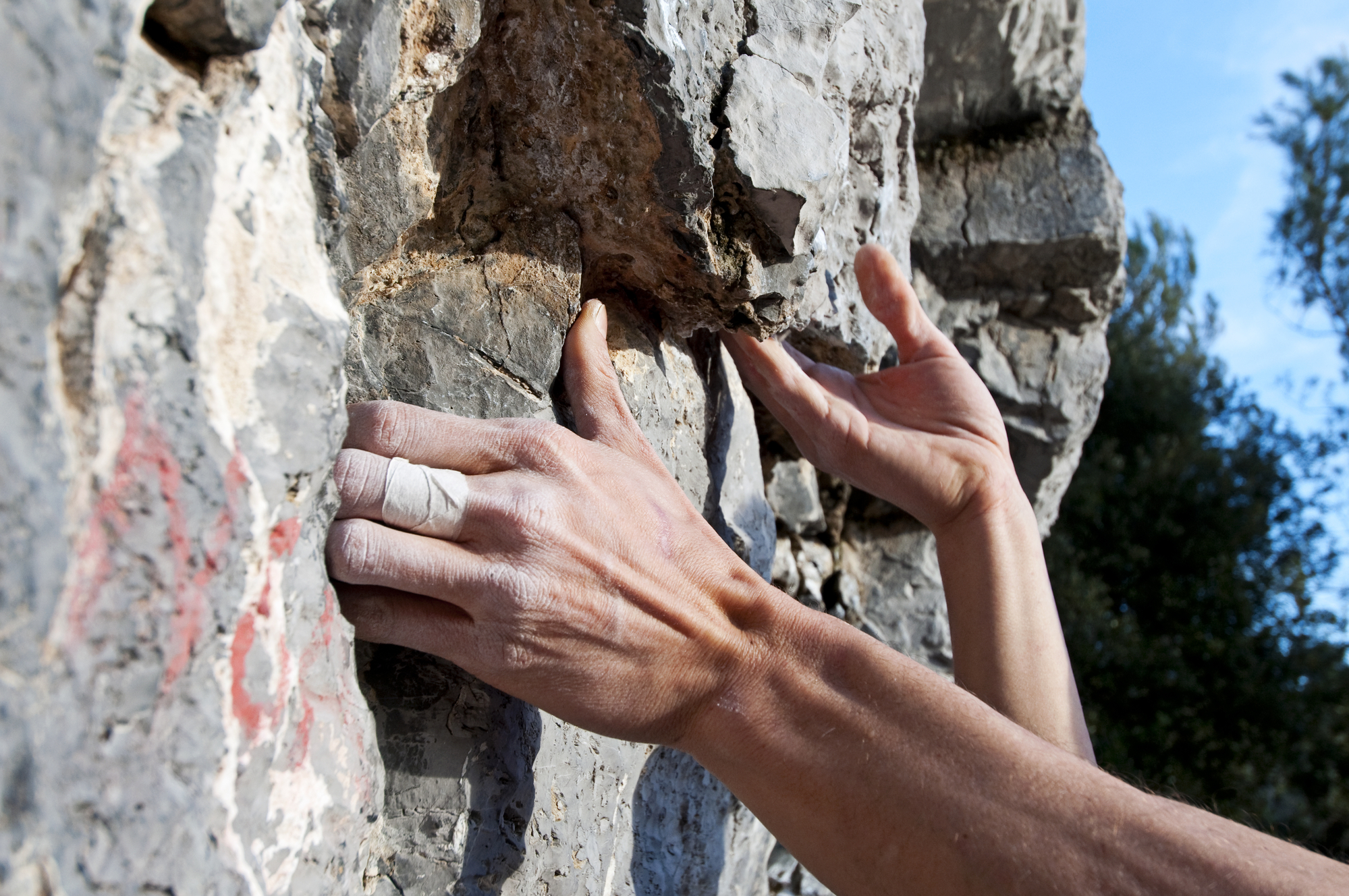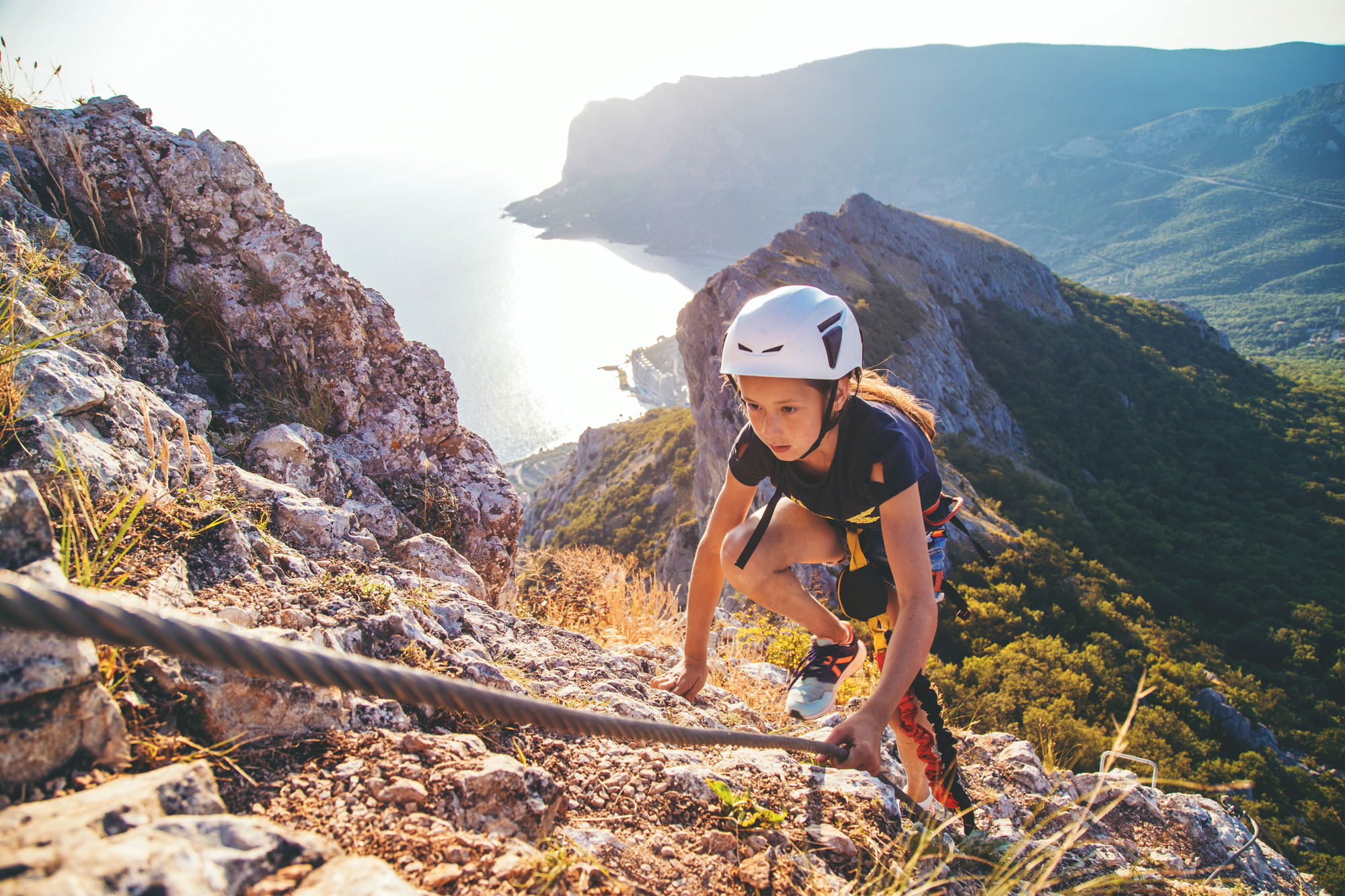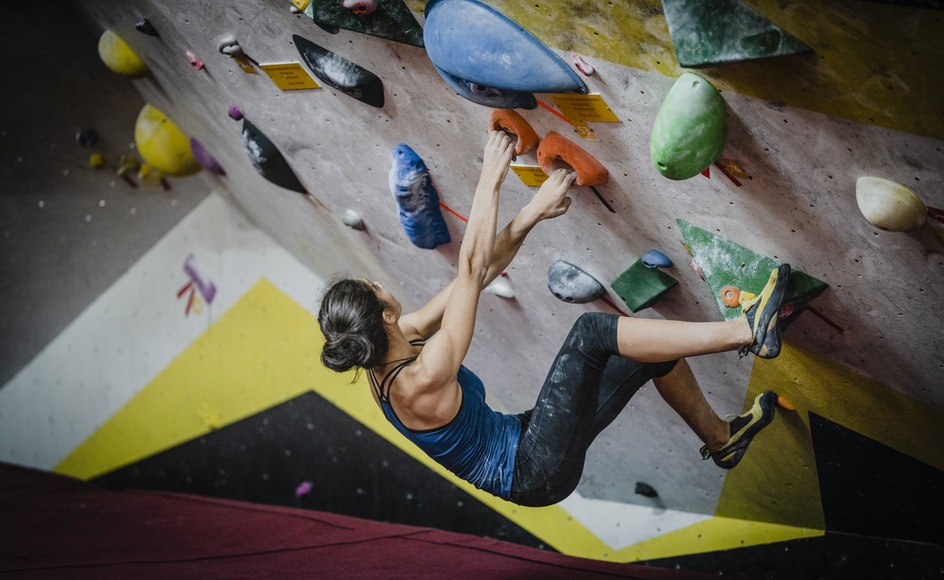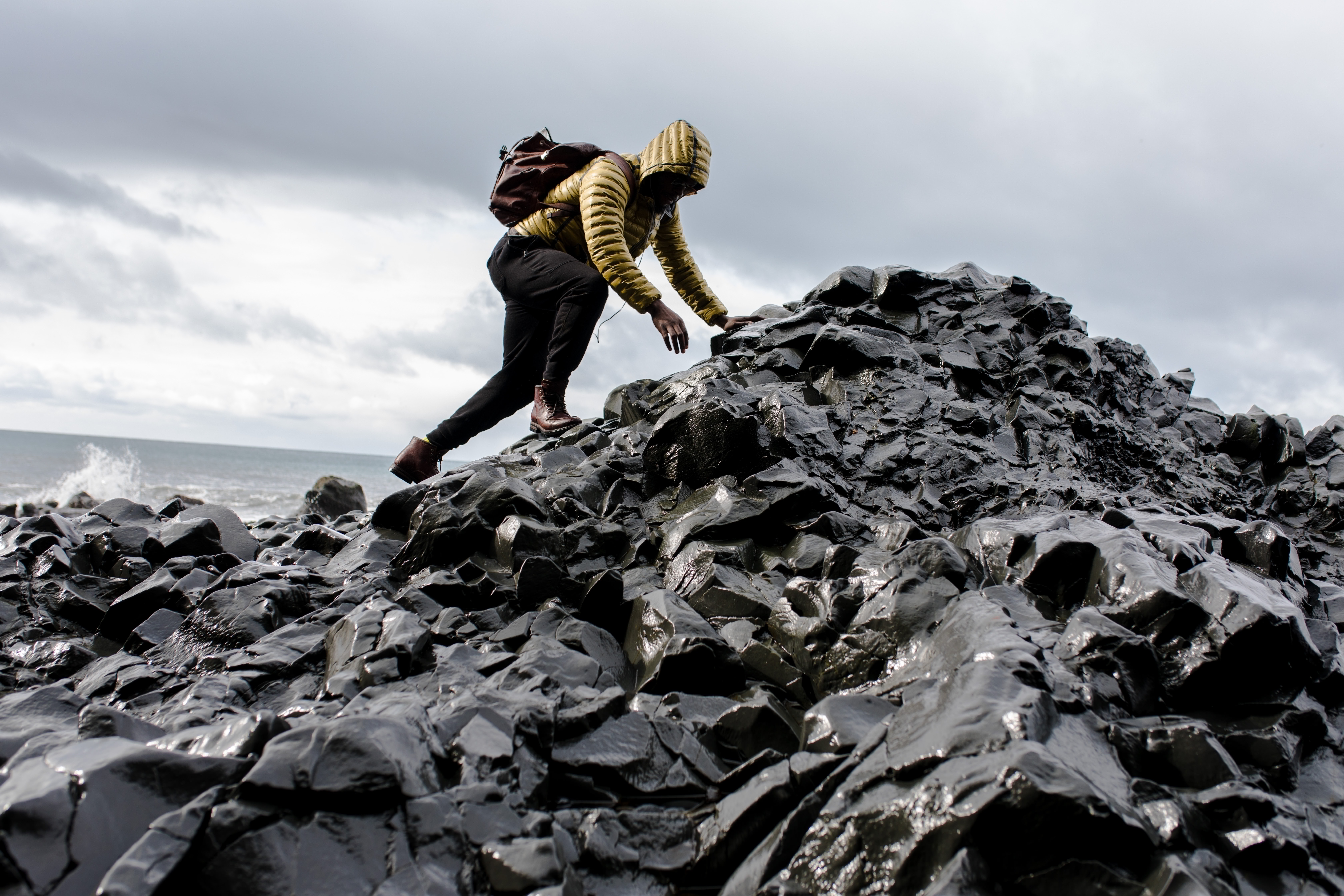If you're not new to rock climbing, you're probably already aware of some of the most common injuries climbers acquire from time to time.
Blisters, bruises, flappers, and a couple of fractures here and there. But have you ever heard of a pulley injury?
Pulley injuries are commonly experienced by rock climbers and fastball pitchers.
These injuries usually happen when the ligaments cannot sustain the force placed on them. Eventually, they buckle under pressure, and the ligamentous pulley structure fails.
So how do you remedy this situation? Through finger splints, of course!
If you're wondering what finger splints are, what they're used for, and the pros and cons of using one, then this article is the perfect guide for you!
What is a Climbing Finger Splint?

There are a lot of discussions on what to actually call this relatively new treatment system. In an article from 2016[1], the original name used for this system was “Pulley Protection Splint”. But in a 2017 article[2], it was called a “Pulley Protection Orthosis”.
More recently, a different expert has called it both an “orthosis” and a “splint”.
Whatever name it goes by, a climbing finger splint is basically a ring (usually thermoplastic) that is worn on the finger with an injured pulley.
This ring gives your injury the proper support as the flexor tendon heals.
A climbing finger splint operates the same way as climbing tape does, except it provides more support than taping.
It can be worn for long periods of time while still allowing for adequate blood flow in the finger.
The idea behind wearing a splint is to keep the flexor tendons as close as possible to the finger bone as it heals.
This finger bone is where the pulley is attached, so by keeping it near the bone, the pulley can heal as close as it can to its original size.
Numerous studies have shown that the finger splint can significantly improve the success rate of rupture repair and recovery time.
They can even be used to provide support to full ruptures or even to partial tears.
Is It Necessary To Wear A Climbing Finger Splint?
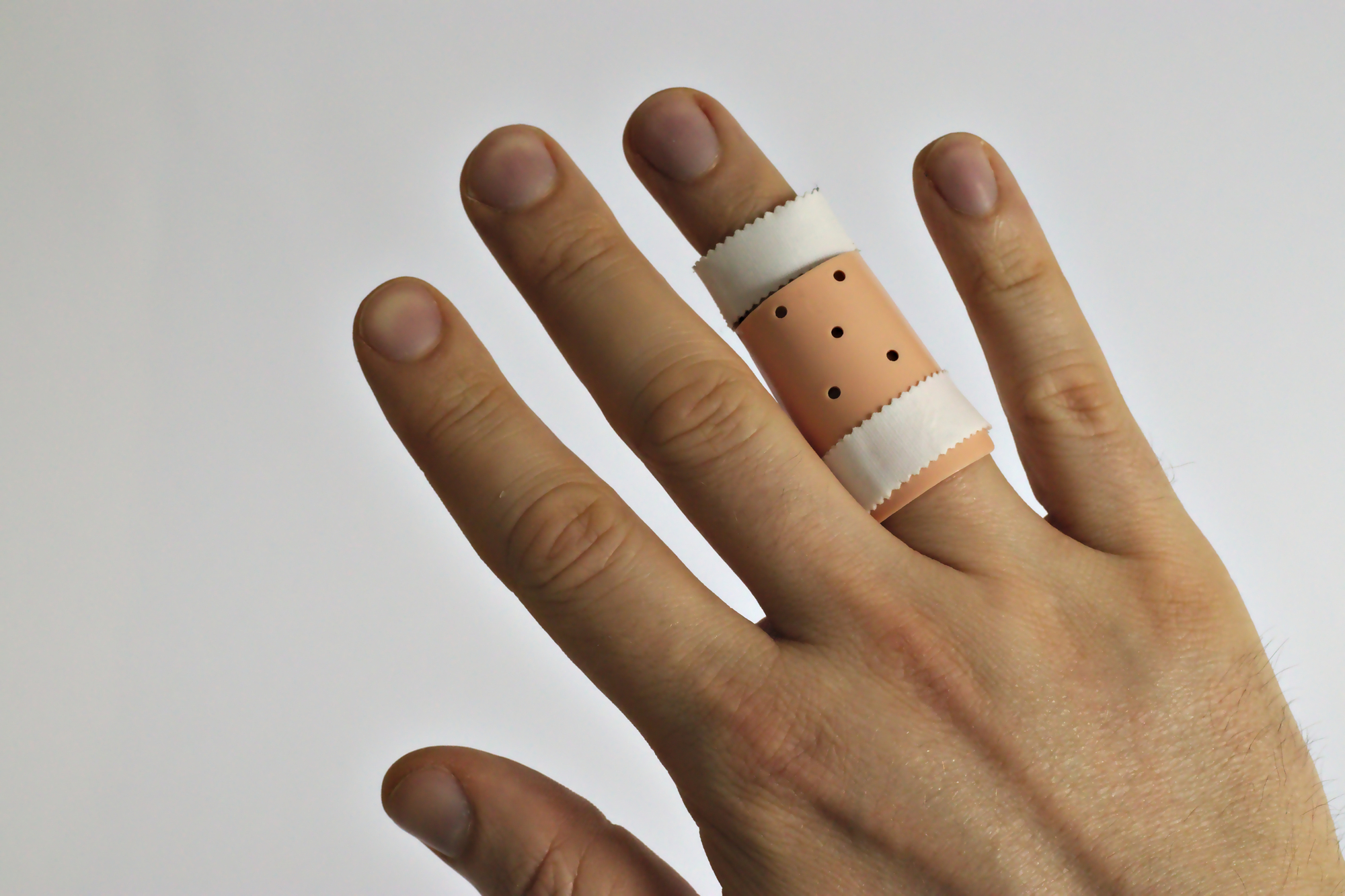
Definitely! Climbing tape will not be able to provide the right support needed by the injured pulley to heal in the right way during the rest period.
An injured pulley will heal in a stretched-out position without the right support. This can result in a condition known as recurrent tendonitis.
In the future, it can also cause larger loads of force to be delivered to neighboring pulleys during a climbing session, which makes them more at risk for injury.
How long do you need to wear a finger splint? The length of time depends greatly on how severe the finger pulley injury is.
In some cases, if worn continuously for up to 23 hours a day, the average healing time takes around 8 weeks.
In general, the rule is to not climb with painful fingers. If you continuously feel pain in one or more fingers, that’s when you use a splint.
However, if the pain goes away after a short time, that doesn’t mean that you can chuck your finger splint aside.
It is recommended to wear a splint for a minimum of four to six weeks for mild to moderate sprains, even if you don’t really feel any pain.
Climbing Finger Splint Options
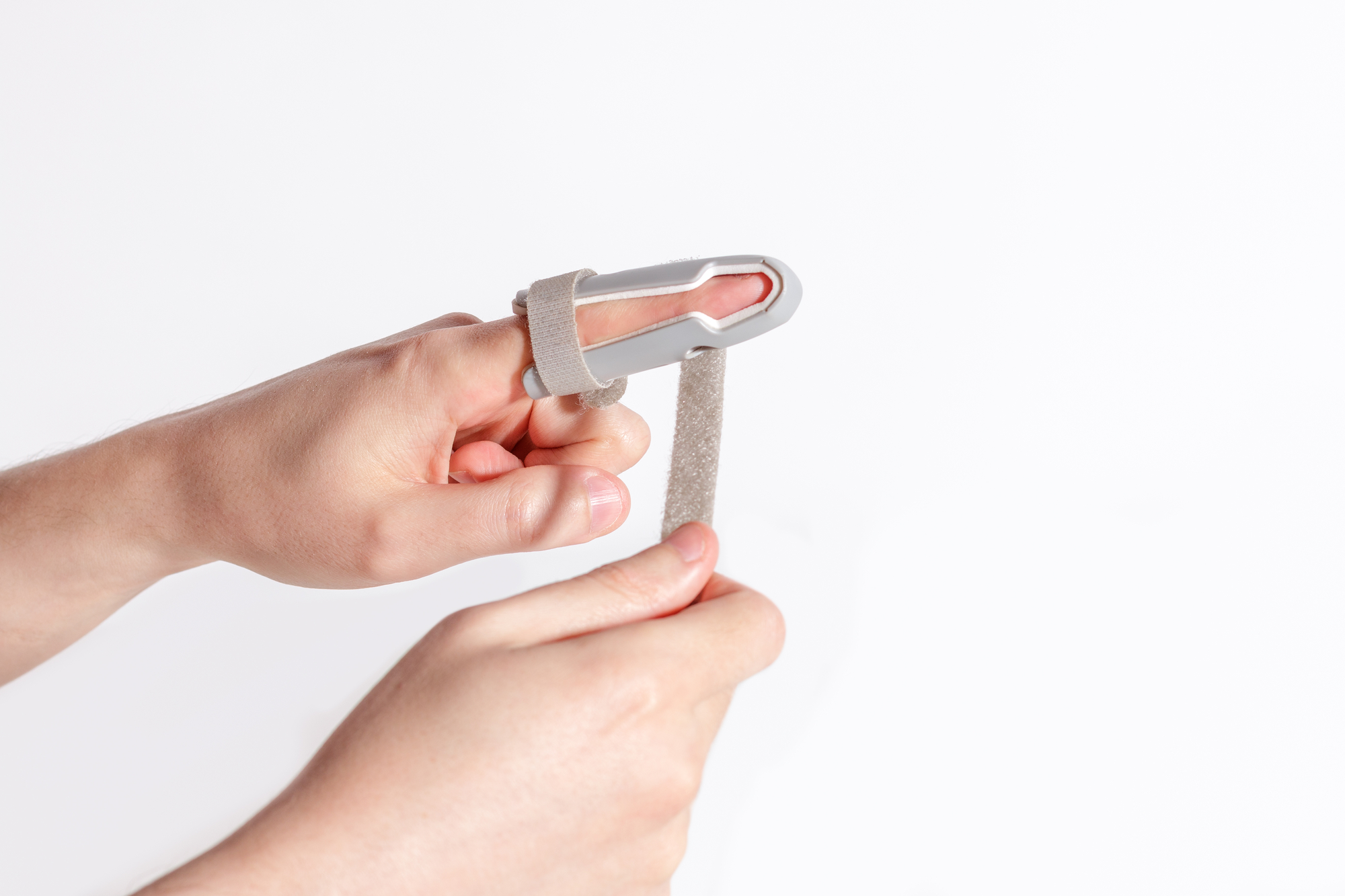
The Pulley Protection System (PPS) and the SPOrt are two primary pulley splints available in the market.
The Pulley Protection System (PPS) was developed by a Swiss physician, Dr. Andreas Schweizer and Micha Schneeberger.
The design of PPS aims to minimize the compression of the nerves and blood vessels. The system has produced very good results throughout the years, but it comes with a catch - it is quite bulky to wear and uncomfortable to climb with.
On the other hand, SPOrt or Semilunar Pulley Orthosis was developed by an orthopedic surgeon and professor at the University of Washington, Dr. Winston J. Warme.
The SPOrt kit allows you to create a minimum of 2 custom supports that can be closed down around the middle of the phalanx.
This effectively decreases the TPD (tendon pulley distance) while supporting the healing pulley.
The drawback for the SPOrt is that it doesn't have any expansions for neurovascular bundles.
However, the people behind SPOrt do not really see this as a drawback since they think this expansion is not essential.
Other Options Available
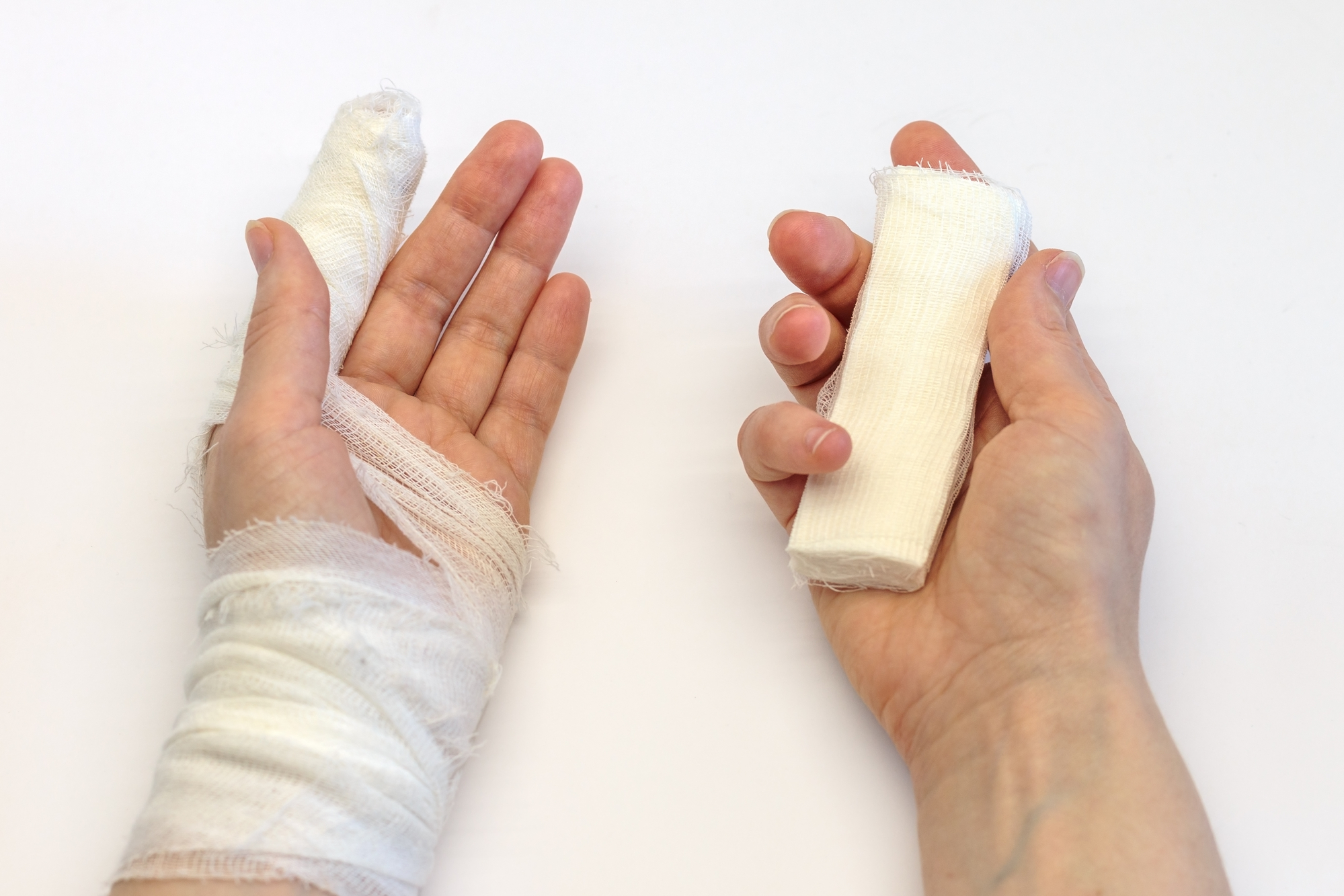
If PPS or SPOrt is not your cup of tea, you can always see a certified hand therapist and ask them to create a custom splint for you.
Just temper your expectations because there is a chance you might not really get the support mechanism you need or want.
You might also need to consider your budget for this because it may or may not be covered by your health insurance.
Another option is to try getting a selection of pre-molded PPS, called “Pulley Pals”, from Nice Climbs.
If this option works for you, then you get to save a lot of time and money. The downside is that you get a less customized and bulkier splint with a slightly uncomfortable fit. You can get them on Amazon for about $20 a set.
If a custom splint or a pre-molded PPS doesn't work for you, you might want to consider buying a ring to support your pulley.
While it may be a comfortable solution, take note that it does not really lend the right kind of support.
This is because the joint above the injured pulley has a bigger circumference than the middle of the phalanx where the pulley is located.
The Pros and Cons Of Using A Climbing Finger Splint
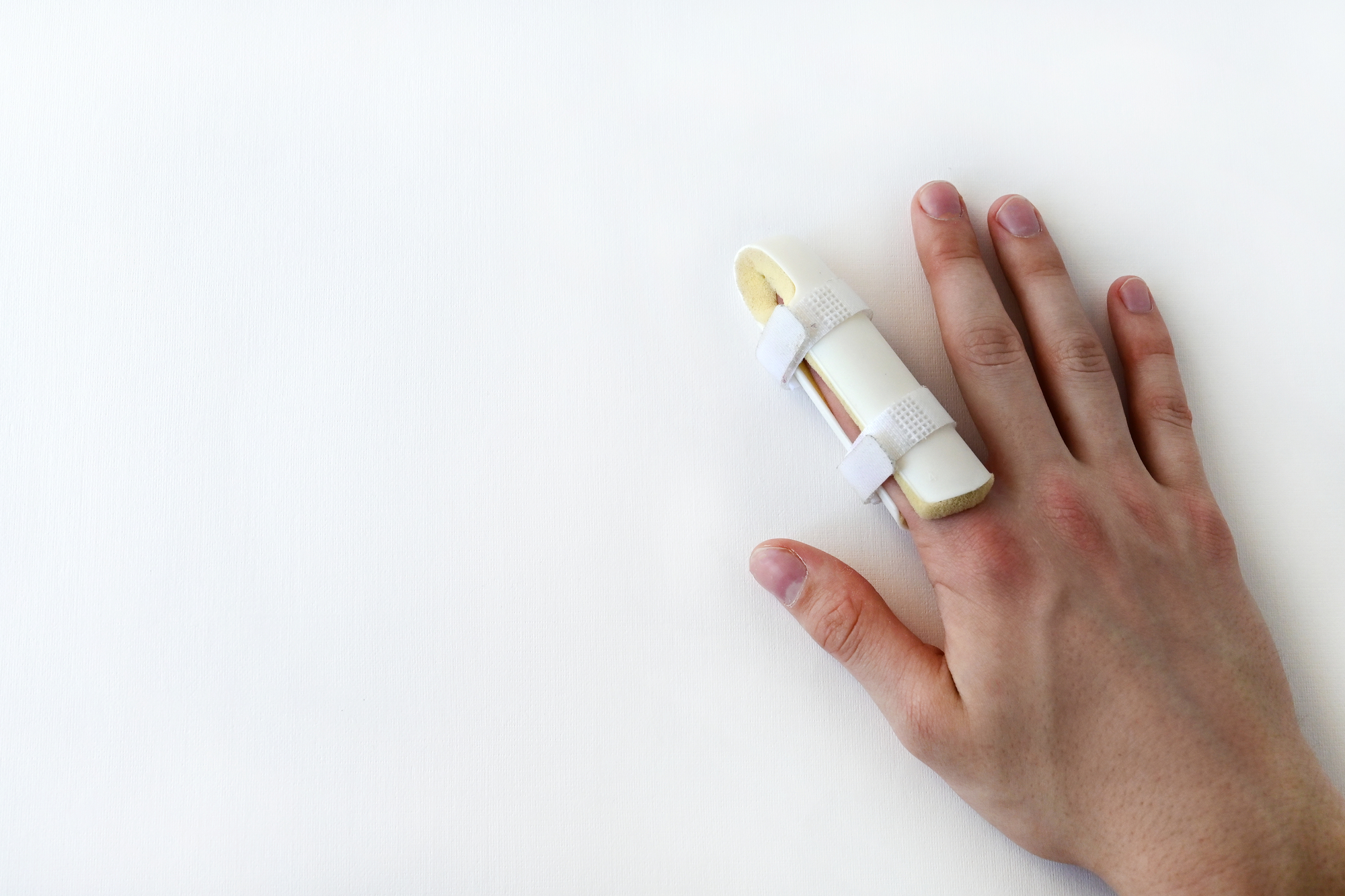
According to people who’ve used this new treatment, one order of a climbing finger splint will last you your entire rehab time, which is about 8 weeks on average.
If you choose to get the two primary types of pulley splints (the PPS or SPOrt), you can have them custom-made, so there is no fear that your splint will be too tight or too loose.
This means that you can comfortably wear your pulley splint for up to 23 hours while engaging in daily activities like work, physical training, and even climbing.
One of the most significant drawbacks of this product is the cost of getting your own customized finger splint and the time it takes to receive your customized item.
Another thing to consider is that pulley splints are quite new to the market so your choices are still a bit limited.
As of the moment, the PPS is strictly used for A2 pulley injuries while SPOrt can be used for A2 and A4 pulley injuries.
Conclusion
Every climber will experience a finger pulley injury at one point, but that should not stop you from climbing!
Thankfully, the advances in modern medicine have given athletes a wide selection of support systems and tools to heal faster.
Find a pulley support system that works for you and fits your needs, whether it is a finger splint or another kind of support system.
Wear it regularly without fail, and give yourself ample time to heal. Don't push your luck and insist on climbing while injured, thinking that you have a finger splint or a ring to protect your injured pulley.
Remember that these devices will not really protect your injured pulley from rupturing.
Instead, they will give support to your injured pulley while you allow it time to naturally heal.
Eventually, you’ll get back in the game, good as new!

